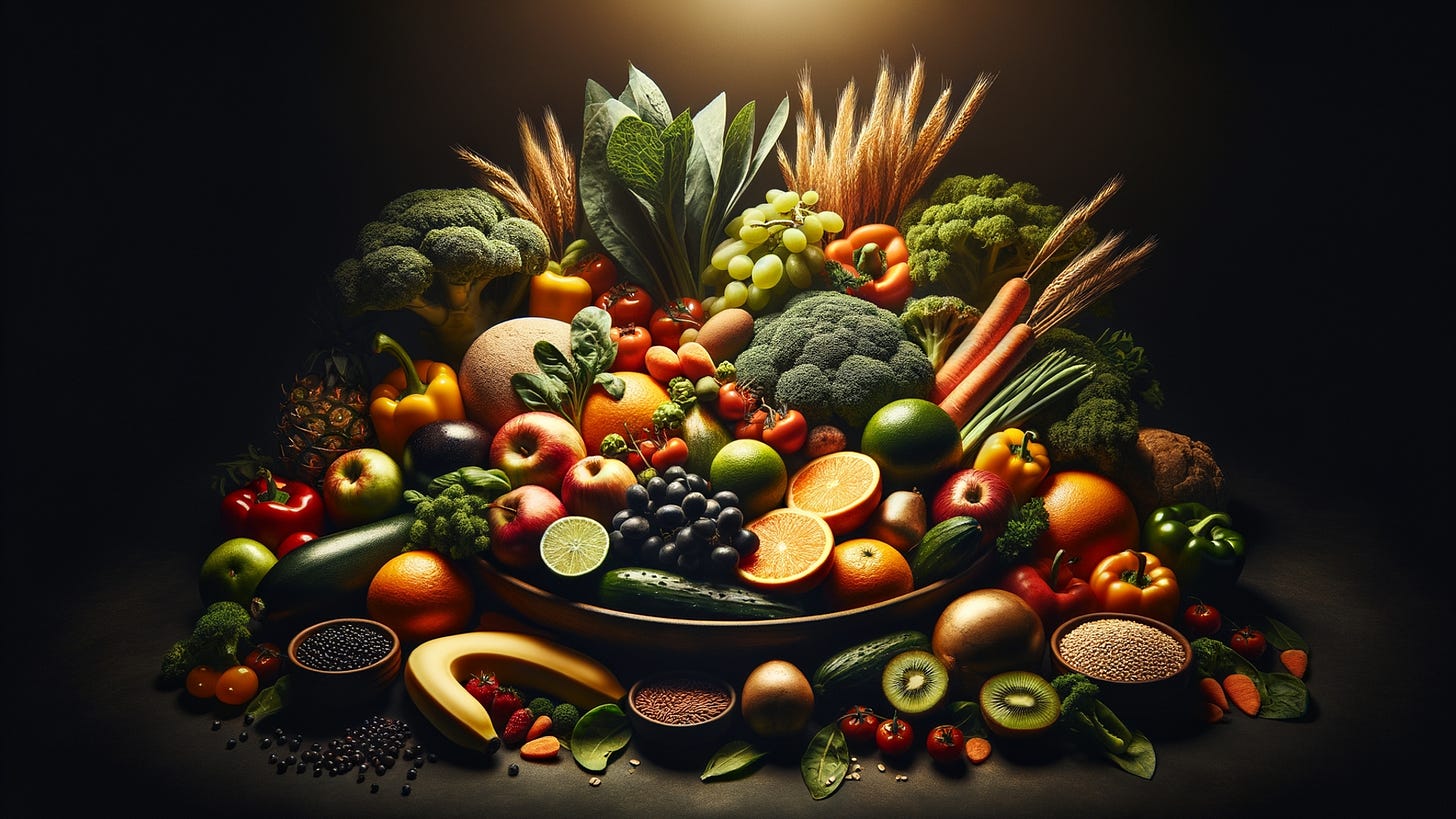Holistic Recovery Grocery List & Meal Prep Guide
Introduction: Welcome to your Holistic Recovery Grocery List & Meal Prep Guide! In recovery, nourishing your body with the right foods can help stabilize your mood, support physical healing, and improve overall well-being. This guide includes a detailed grocery list, meal prep strategies, and simple, recovery-friendly recipes to keep you on track.
Part 1: Grocery List for Recovery-Boosting Foods
Fruits and Vegetables:
Leafy greens (spinach, kale, arugula)
Broccoli, cauliflower, and Brussels sprouts
Sweet potatoes and carrots
Fresh fruits (berries, bananas, oranges, apples)
Avocados
Proteins:
Eggs
Lean meats (chicken, turkey, fish like salmon or tuna)
Plant-based options (lentils, chickpeas, black beans)
Nuts and seeds (almonds, chia seeds, flaxseeds)
Healthy Carbohydrates:
Whole grains (brown rice, quinoa, oatmeal)
Whole-grain bread and pasta
Potatoes
Dairy and Alternatives:
Greek yogurt (plain, unsweetened)
Milk or plant-based alternatives (almond milk, oat milk)
Healthy Fats:
Olive oil or avocado oil
Coconut oil
Nut butters (unsweetened)
Snacks:
Hummus with vegetable sticks
Dark chocolate (70% cacao or higher)
Whole-grain crackers
Hydration:
Herbal teas
Coconut water
Plenty of water (optional: add lemon or cucumber slices)
Spices and Flavor Enhancers:
Turmeric, ginger, cinnamon
Fresh herbs (parsley, cilantro, basil)
Garlic, onion, and chili flakes
Part 2: Meal Prep Tips for Success
1. Plan Ahead:
Choose 2-3 meals to prepare in bulk for the week.
Write down your menu to avoid impulsive choices.
2. Batch Cooking:
Cook grains (like quinoa or rice) in bulk.
Roast a variety of vegetables on one baking sheet.
Prepare proteins (bake chicken, cook beans) in advance.
3. Organize Your Kitchen:
Use containers to store prepped food.
Label meals with the date they were prepared.
4. Make Healthy Snacks Accessible:
Pre-portion nuts or hummus into small containers.
Wash and chop fruits and vegetables for quick access.
5. Hydration Station:
Keep a water bottle nearby.
Add slices of lemon, cucumber, or mint for flavor.
Part 3: Easy Recovery-Friendly Recipes
1. Energy-Boosting Breakfast Bowl
Ingredients:
1/2 cup cooked oatmeal
1/4 cup mixed berries
1 tablespoon almond butter
1 teaspoon chia seeds
Drizzle of honey (optional) Instructions:
Combine cooked oatmeal with toppings.
Serve warm and enjoy a nourishing start to your day.
2. Balanced Lunch: Quinoa Salad
Ingredients:
1 cup cooked quinoa
1/2 cup cherry tomatoes (halved)
1/2 cucumber (diced)
1/4 avocado (sliced)
2 tablespoons olive oil
1 tablespoon lemon juice
Salt and pepper to taste Instructions:
Mix all ingredients in a bowl.
Store in a container for an easy grab-and-go meal.
3. Dinner: Sheet Pan Chicken and Veggies
Ingredients:
2 chicken breasts
1 cup broccoli florets
1 cup sweet potato cubes
2 tablespoons olive oil
1 teaspoon garlic powder
1 teaspoon paprika
Salt and pepper to taste Instructions:
Preheat oven to 400°F (200°C).
Toss chicken and veggies with olive oil and seasonings.
Spread evenly on a baking sheet.
Bake for 25-30 minutes, flipping halfway through.
Part 4: Weekly Meal Plan Template
Day Breakfast Lunch Dinner Snacks Monday Energy-Boosting Bowl Quinoa Salad Sheet Pan Chicken Hummus + Veggies Tuesday Greek Yogurt + Berries Leftover Quinoa Salad Grilled Salmon Dark Chocolate Square Wednesday Smoothie (spinach, banana, almond milk) Chickpea Wrap Stir-fry Veggies + Tofu Nuts + Seeds
(Continue for the week...)
Conclusion: This grocery guide and meal prep strategy are tools to simplify healthy eating as part of your recovery journey. By fueling your body with nutrient-rich foods, you’ll feel more energized, focused, and ready to embrace the next step in your healing.
Next Steps:
Try these tips and recipes this week.
Share your progress or questions on my TikTok or Substack.
Dive deeper into holistic recovery with my books The 12-Step Dance to Recovery and Breathe and Release. Let’s nourish your recovery together
!





